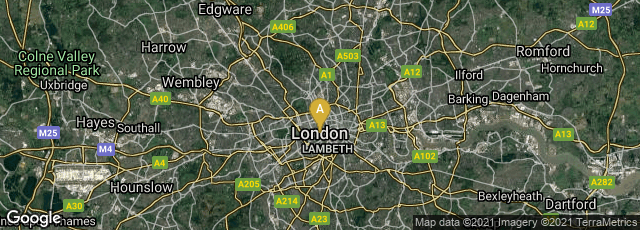In 1854 Henry Noel Humphreys issued
The Origin and Progress of Writing:
A connected narrative of the development of the art, its primeval phases in Egypt, China, Mexico, etc; its middle state in the cuneatic systems of Nineveh and Persepolis, to its introduction to Europe through the medium of the Hebrew, Phœnician, and Greek systems, and its subsequent progress to the present day. Illustrated by a number of specimens of the writing of all ages, and a series of facsimiles from autograph letters from the fifteenth to the nineteenth century. This extensively illustrated book was particularly distinctive for its pierced papier maché binding, the covers of which were created by machine, and then bound on the book block by hand. Regarding this style of binding, which was difficult to store on a bookshelf, and tended to survive in poor condition,
Julie Blyth, Assistant Librarian of Corpus Christi College Oxford wrote on ccc.ox.ac.uk:
"This tactile and highly-decorative style of binding was popular on gift-books from the mid-1840s to the 1860s. Reminiscent of medieval sculpture, hand-carved ebony or even cast-iron, it is the embodiment of the Victorian Gothic Revival style in arts and crafts. Known as
papier-mâché, or
carton pierre bindings, the boards were machine-made using a plaster and antinomy mixture combined with or applied over
papier-mâché, then pressed over metal frames or into moulds. The patent for this process was held by the firm J. Jackson & Son, who also produced architectural mouldings for furniture, picture frames, carriages, and so on. The actual binding process would have been undertaken by trade binders, in editions of at least 1,000, as it was an expensive process and therefore necessary to produce quantities that could recoup the cost of production. The technique is especially associated with the British graphic artist, writer and antiquarian Henry Noel Humphreys (1807–1879). He had travelled extensively in Italy during the 1830s and was deeply influenced by the art, particularly the illuminated manuscripts, he had seen there. On his return to England he published widely and experimented with lithography and calligraphy. Inspired by the look and feel of both manuscripts and early printed books, he utilised chromolithography in his publications in an attempt to recreate the singular composition of text, illustration and ornament found in early books, that was missing from the mass-produced books of his own era."
